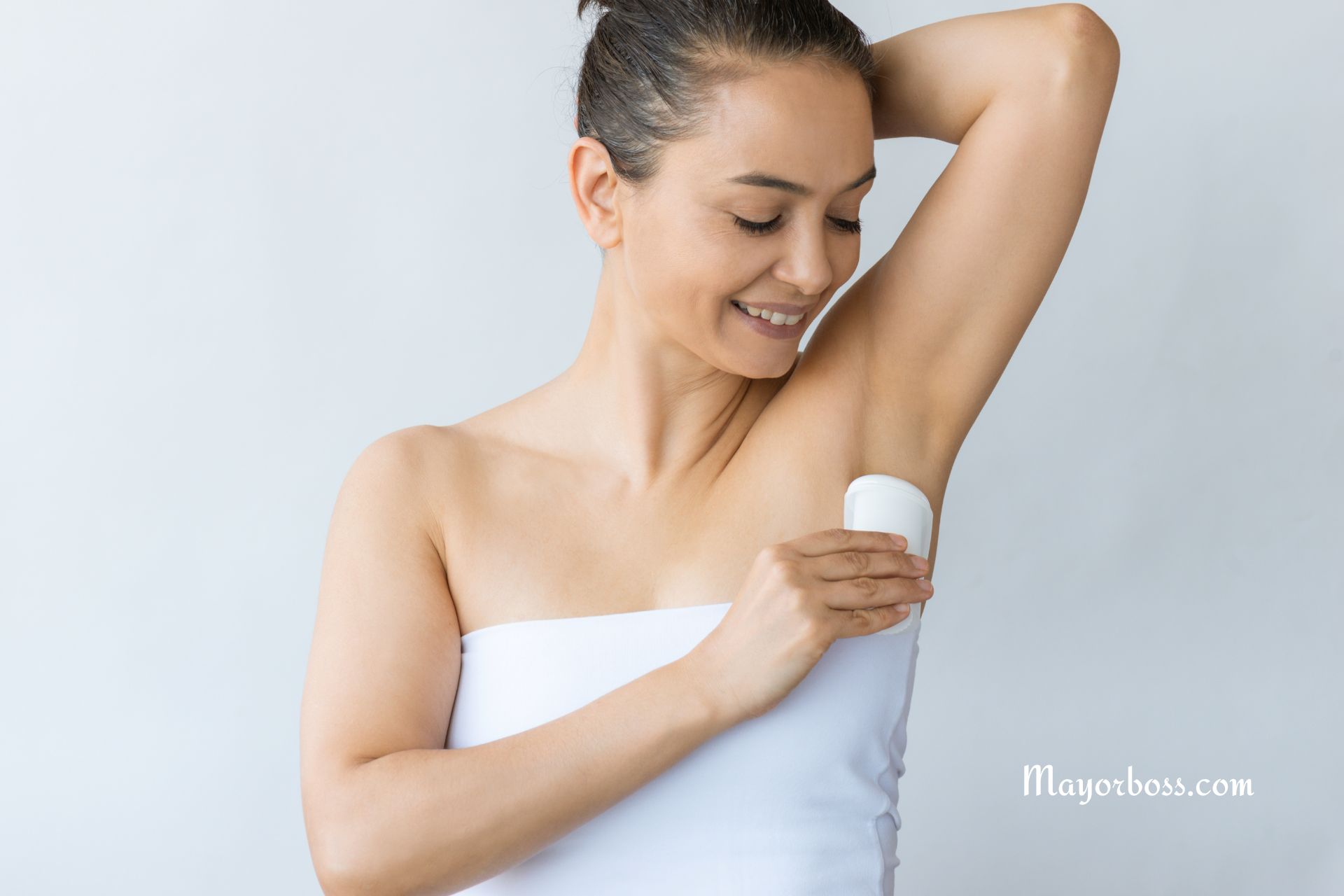You May Be Applying Your Antiperspirant Incorrectly
Let’s face it: sweating is a natural bodily function we all experience. There’s the good kind of sweat – the sweat that cools you down after an intense workout session. Then there’s the other kind, the kind responsible for unpleasant odor and embarrassing wet patches. That’s where antiperspirants come to the rescue! But wait – are you sure you’re getting the most out of your antiperspirant? You might be making some common mistakes without even realizing it. Let’s delve into the do’s and don’ts of antiperspirant application and make those underarm woes a thing of the past.

Antiperspirant vs. Deodorant: What’s the Difference?
Firstly, let’s clear a common point of confusion. Antiperspirant and deodorant, while often found in the same aisle, are not the same!
- Antiperspirants work by temporarily blocking sweat glands, stopping the flow of sweat to the skin’s surface. Their active ingredient is usually an aluminum-based compound.
- Deodorants, on the other hand, do not tackle sweat itself. Instead, they mask body odor caused by bacteria mingling with sweat. A deodorant’s fragrance and additional ingredients help reduce that unappealing smell.
The Best Time to Apply Antiperspirant
Here’s something that might surprise you: the ideal time to swipe on your antiperspirant is at night before bed. Yes, you read that right! During the night, your sweat glands are typically less active, allowing the antiperspirant to seep into your pores and form those sweat-blocking plugs more effectively.
Why Dry Skin Is Key
Before applying your antiperspirant, whether morning or night, ensure your underarms are squeaky clean and completely dry. Applying antiperspirant to damp skin can not only dilute its effectiveness but also potentially cause irritation. Give yourself a few minutes after showering to towel off and air dry entirely. For extra precaution, you can even use a cool-setting hairdryer to help the process along.
Don’t Just Dab, Swipe!
A quick dab-dab just won’t do it. Your armpit area is larger than you might think. When applying, take a couple of good swipes up and down to ensure that you’re getting good coverage, not just in the center of your armpit but also into the surrounding folds of your skin, for added protection throughout the day.
Less is More – Especially After Shaving
It’s tempting to pile on the antiperspirant after shaving, but this can backfire. Shaving, waxing, and other hair removal methods can leave your underarms feeling sensitive. Adding a thick layer of antiperspirant to freshly shaved skin may lead to redness and irritation. To mitigate this, go easy on the product for a day or two, or if the area is particularly irritated, you may want to skip antiperspirant altogether until your skin has fully recovered.
FAQs
1. Will applying antiperspirant at night stain my clothes?
Quality antiperspirants are often formulated with ingredients to combat white marks or yellow stains on your clothes. If you’re worried, however, try applying a thin layer or look for formulas designed as ‘invisible’ when dry.
2. I sweat quite a lot. Will an antiperspirant adequately be able to protect me?
If you experience excessive sweating, a regular over-the-counter antiperspirant might not be enough. Talk to your doctor about a prescription-strength clinical antiperspirant tailored to your needs.
3. Are there any natural alternatives to antiperspirants?
Yes! Deodorants that rely on natural ingredients, such as baking soda, have become increasingly popular. Just remember, as they don’t stop sweat production, you may still find yourself feeling damp even while smelling fresh. Look for formulations that feel comfortable and address your specific needs.
Key Takeaways
Now that you’re an antiperspirant application pro, let’s recap the essentials:
- Know the difference between antiperspirant and deodorant and choose the appropriate product for your needs.
- Apply antiperspirant at night for optimal effectiveness.
- Make sure your skin is completely dry before application.
- Adequately cover your entire underarm area with a few good swipes.
- Avoid applying directly after shaving.
Let’s conquer those underarm issues and take on the world with confidence!
